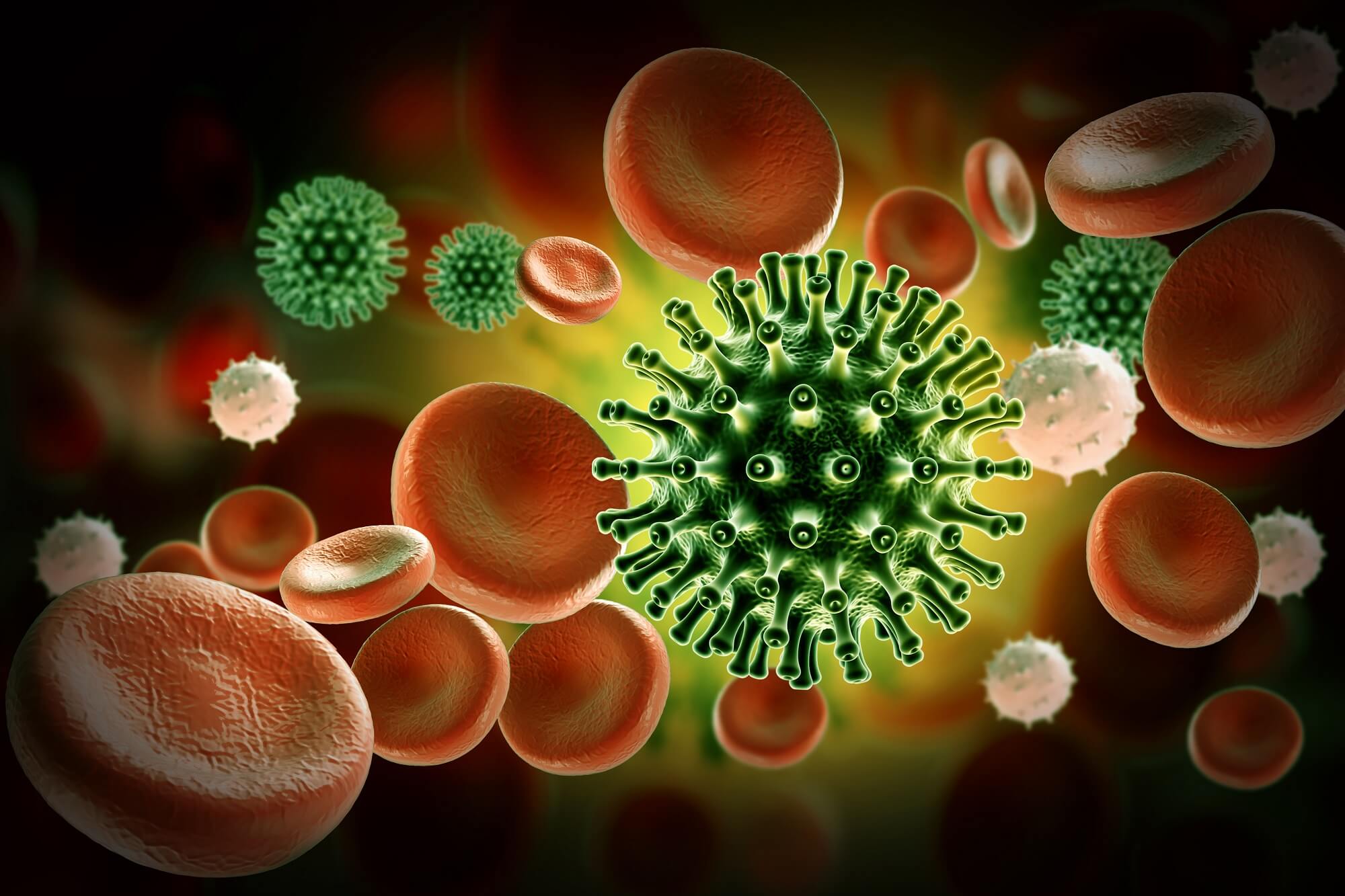Outcomes for patients with HIV treated with antiretroviral therapy (ART) have significantly improved over the years; currently, life expectancy for this patient population is 72 to 75 years and approaching that of the general population. However, cancer, particularly non-Hodgkin lymphoma, remains the leading cause of death in patients with HIV. In a review article published in Blood, Ariela Noy, MD, of the department of medicine at the Memorial Sloan Kettering Cancer Center in New York, New York, outlined how the epidemiology of HIV-associated lymphoma has changed with ART.
Pathogenesis and Diagnosis
The pathogenesis of HIV-associated lymphoma can be influenced by several factors, including immunosuppression and coinfection with oncoviruses, B-cell dysregulation, HIV viremia, and depth of CD4 nadir. For instance, a randomized drug conservation trial found a 3.7-fold increase in risk for lymphoma with planned short ART interruptions.
The subtypes of HIV-associated non-Hodgkin lymphoma (NHL) are similar to those reported in the general population; most are of B-cell origin, including diffuse large B-cell lymphoma (DLBCL), Burkitt lymphoma, and plasmablastic lymphoma. Primary central nervous system (CNS) lymphoma, which was more common in the early years of the AIDS epidemic, is rarely seen today with the use of ART.
Clinically, most patients are diagnosed with rapidly growing stage III or IV lymphoma and B symptoms. Extranodal involvement of the bone marrow, gastrointestinal tract, and CNS is also common at diagnosis.
Treatment of DLBCL
DLBCL is the most common aggressive lymphoma, characterized biologically by MYC and BCL6 rearrangement and proliferation indices above 80%. During the pre-ART era, patients with HIV-associated DLBCL were treated with reduced-intensity chemotherapy, but with current ART, this is no longer required. Dose-adjusted etoposide, prednisone, vincristine, and cyclophosphamide with rituximab (DA-EPOCH-R) has been shown to achieve better event-free and overall survival (OS) compared with rituximab, cyclophosphamide, doxorubicin, vincristine, and prednisone (R-CHOP) and has become the frontline treatment for HIV-associated DLBCL, with 2-year progression-free survival and OS of approximately 70%. Moreover, a treatment regimen comprising 5 days of DA-EPOCH-R infusion may overcome the high proliferation index of HIV-associated DLBCL.
CNS prophylaxis for HIV-associated DLBCL is similar to the prophylactic regimens used in the general population, though a higher proportion of patients with HIV receive CNS prophylaxis owing to the prevalence of extranodal disease compared with patients who do not have HIV. The usage of flow cytometry to assess the presence of occult disease is recommended.
A patient’s immune status may influence DLBCL outcomes. Thus, CD4 count, HIV viral load, and prior history of AIDS are incorporated into HIV-specific lymphoma scores in addition to International Prognostic Index and number of involved extranodal sites.
Treatment of Other NHL
Burkitt lymphoma is more common in patients with HIV compared with the general population. The mutation profile of HIV-associated Burkitt lymphoma is similar to that of sporadic Burkitt lymphoma, though patients with HIV-associated Burkitt lymphoma report a higher prevalence of Epstein-Barr virus (EBV). Following several studies demonstrating acceptable toxicity and comparable efficacy in patients with HIV-associated Burkitt lymphoma compared with HIV-negative patients with BL, intensive standard therapies such as DA-EPOCH-R are now recommended.
This article originally appeared on Hematology Advisor
